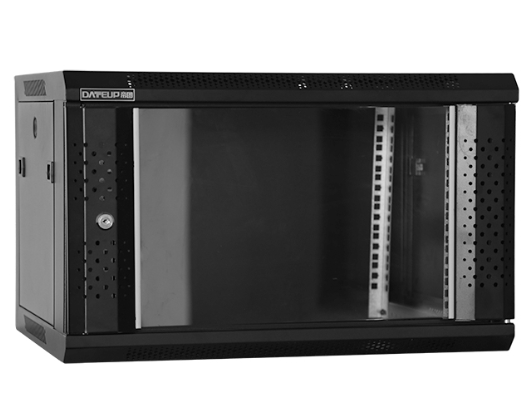News
Site Editor
 Site
https://leonetworkgroup.usa18.wondercdn.com/uploads/image/5fe152faa587d.png
Installing a fiber optic patch panel is a crucial task in any fiber optic installation project. It is an organized way to terminate and manage the fiber optic cables and connectors for easy connection and disconnection. Here is a step-by-step guide on how to install a fiber optic patch panel.Step 1: Gather the Necessary Tools and MaterialsBefore you start installing the fiber optic patch panel, yo
Site
https://leonetworkgroup.usa18.wondercdn.com/uploads/image/5fe152faa587d.png
Installing a fiber optic patch panel is a crucial task in any fiber optic installation project. It is an organized way to terminate and manage the fiber optic cables and connectors for easy connection and disconnection. Here is a step-by-step guide on how to install a fiber optic patch panel.Step 1: Gather the Necessary Tools and MaterialsBefore you start installing the fiber optic patch panel, yo
How To Install Fiber Optic Patch Panel
Views: 522
Author: Site Editor
Publish Time: 2023-07-14
Origin: Site
Installing a fiber optic patch panel is a crucial task in any fiber optic installation project. It is an organized way to terminate and manage the fiber optic cables and connectors for easy connection and disconnection. Here is a step-by-step guide on how to install a fiber optic patch panel.
Step 1: Gather the Necessary Tools and Materials
Before you start installing the fiber optic patch panel, you need to gather all the necessary tools and materials. Here is a list of the tools and materials you will need:
● Fiber optic patch panel
● Fiber optic cables
● Fiber optic connectors (LC, SC, ST)
● Fiber optic splice tray
● Fiber optic cleaver
● Fiber optic polishing kit
● Fiber optic strippers
● Fiber optic power meter
● Crimping tool
● Screwdrivers (flathead and Phillips)
● Measuring tape
● Marker
● Safety glasses
Step 2: Select the Location
The location for the patch panel is important. It should be easily accessible, well-ventilated, dry, and secure. Choose an area that is away from moisture, heat, and high traffic.
Step 3: Mount the Patch Panel
Once you have selected the location, you can mount the patch panel on the wall or rack. Use a mounting bracket to securely attach the patch panel.
Step 4: Install the Fiber Optic Connectors
Install the fiber optic connectors on the patch panel. You can use LC, SC, or ST connectors depending on the type of cables you are using. Be sure to clean the connector before installation.
Step 5: Install the Fiber Optic Cables
Install the fiber optic cables into the patch panel. Use a fiber optic cleaver to cut the cable to the desired length. Remove the protective coating with fiber optic strippers and insert the cable into the connector.
Step 6: Splice the Fiber Optic Cables
If you need to connect fiber optic cables, use a splice tray. Place the cables into the tray and splice them using fiber optic splicing tools.
Step 7: Test the Connections
After installation, test the connections using a fiber optic power meter. This will ensure that the connections are working correctly.
Step 8: Label the Connections
Label each connection for easy identification. Use a marker to label the connection number, cable type, and location.
In conclusion, installing a fiber optic patch panel requires careful planning, attention to detail, and the right tools and materials. By following these steps, you can ensure a successful installation.
If you want to know more about industrial network cabinet,china fiber optic splice closure,china fiber optic distribution box,please consult the fiber optic splice closure factory









